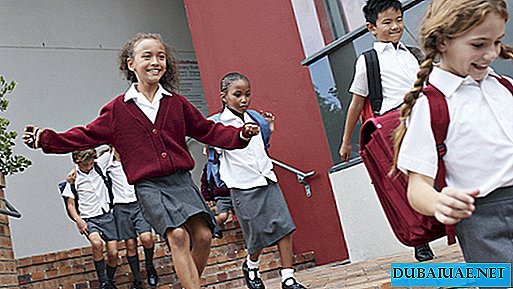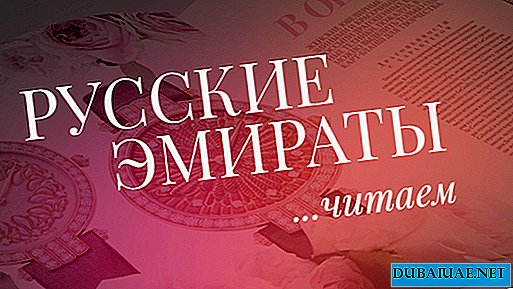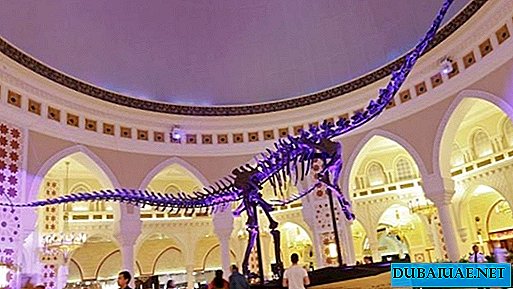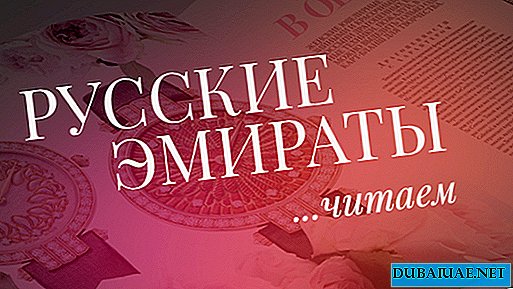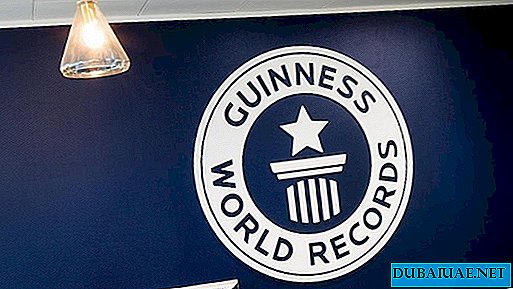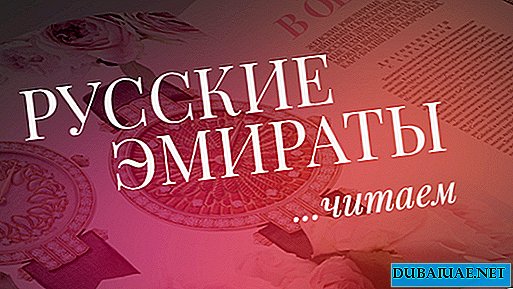Five stories of one city

| The book of Dubai can be read from anywhere and in any order. In this way, it resembles the Khazar Dictionary by Milorad Pavic, who interprets each event from three points of view - Jewish, Muslim and Orthodox. Several stories of the city (military, commercial, family, desert, sea) are so closely intertwined here with each other that it is not always possible to understand where one ends and the other begins. If it were decided to make a film from this novel, then the Dubai Museum would be the best decoration for such a picture. So, your path lies in Bar Dubai, in the old fort Al Fahidi. Built around 1780, in different years it served as the residence of sheikhs - the rulers of the emirate, as well as a barracks and a prison. In 1970, the fortress was completely restored. Now in the courtyard of the museum around the well, traditional local Dhow vessels are exhibited, as well as a small palm-tree fishing dugout and several English cannons. Inside the wall of the fort is an exposition of ancient weapons - including rifles and rifles, as well as the famous Arabic daggers, the khanjar. Under the oldest tower is the entrance to the underground part of the museum. Going deeper, you seem to land on the shores of Dubai Bay. Gulls and vultures sweep past with screams; closer and closer a blue streak of water and sandy shores, not yet touched by civilization. Going a little further into the darkened room, you will see how the map of old Dubai is changing, gradually becoming like a modern one. You will be shown a three-minute film about the city, somewhat reminiscent of a newsreel of the construction of BAM. The next department of the museum reproduces Dubai in the early 1950s. You seem to go down the walkways from a ship arriving from distant lands. Bent over, porters carry bags of goods. The screams of seagulls and the sound of the sea are heard. On the pier in the coffee house, several sailors are resting over a cup of coffee, smoking a hookah and listening to the gramophone. On the right is the warehouse where the buried donkey awaits the owner. A few more steps, and you find yourself in the old market. The first binder meets you. Behind his workshop are shops selling spices and potter. In the two shops opposite (carpet manufacturer and chaser), the holographic images of the masters look like real ones. Some of them have sound accompaniment, and all this, coupled with the cries of birds and the smells of spices, makes the environment real. So it is not surprising if you ask the “shopper” to stand by the fabric merchant's shop. Here's a mats seller offering wicker tablecloths for eating on the ground and straw cones that covered food to protect it from flies. For the same purpose (as well as for refreshment), straw fans could be used. On the contrary, the jeweler sells gold jewelry; a clerk is sitting in the corner, and a tailor around the corner to the left. He makes exclusively men's dress: only women could sew clothes for ladies. Next - a shop with goods familiar to Dubai 50 years ago. The first of two exhibits in this series is the coastal resident's house upstairs. One half of it is made of stone, and the other is more like a canopy resting on a fence. Paradoxically, the light part of the house is for winter life, and the solid part is for summer. The house, of course, is equipped with an ancient "air conditioning" - a wind tower. Below, underground, you can also visit the house of a wealthy merchant. A woman engaged in sewing, even at home, wears a half mask. On the left, in a special part of the house intended for guests (Majlis), two men are engaged in an important business: the evaluation and purchase and sale of pearls. Inside the house there is a garden where the young daughters of the merchant went out to feed the chickens. Leaving this house, you can look at the window of a religious school at a mosque. If you wait a little, you will hear the boys reading the Quran in inconsistent voices under the vigilant eye of a teacher holding a stick in his hand. Outside the windows there is an embankment and detached city houses. Between houses, in the sand, less literate peers frolic, and for some reason it seems that the students are envious of their careless freedom. The market is ending, and a Bedouin with a camel is walking towards you in the sand. On the right is a panorama of a settlement in an oasis with a canal in the foreground. A little further, in a glazed window dedicated to the inhabitants of the oasis, are an Arab and his wife in national clothes. At the place of honor - a female cosmetic bag. The man owns a skullcap, a bag for food and work tools. Turn right and you will find yourself in the dark hall "desert at night". Bedouins sit near a felt tent around a fire, reading verses to each other. One of them vigilantly peers into the distance: at this time both predators and hunters do not sleep to steal other people's flocks. The next hall tells about shipbuilders - builders of dhows and pearl hunters. The ceiling is made in such a way that it creates the illusion that you are at the bottom of the sea - and there, above, where there is sunlight, the bottom of the ship and the legs of the shell hunter above the surface are visible. Here you can watch a short film about the work of a diver. His main tools lie in the display case: leather fingertips, nose pincers, a sinker, a stone for immersion. Four fishermen are sitting on the shore: two repair the net, and next to the husband and wife they clean and sell the fish. Behind the spouses there are endless wooden sheds sheltering boxes of fish from the scorching sun. Unfortunately, our story is far from a complete description of the Dubai Museum. It is quite possible that he hides in himself other secrets that interest, say, lovers of archeology. We hope that it will bring you many pleasant minutes to both you and your children. The museum is open from 8.30 to 19.30 from Saturday to Thursday and from 15.00 to 19.30 on Fridays. Entrance ticket costs 3 drh for adults and 1 drh for children. There is no cafe or restaurant in the museum. The toilet is located inside, in the underground part of the exposition. At the exit there is a kiosk of soft drinks and a small shop where you can buy books, guides and souvenirs. |














